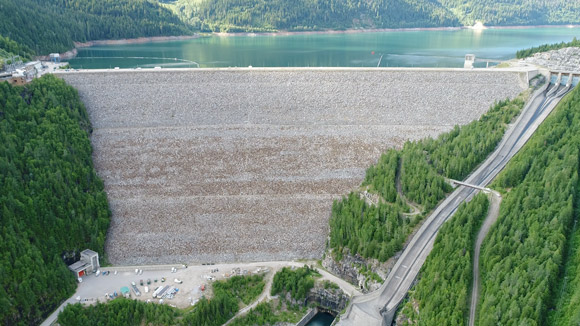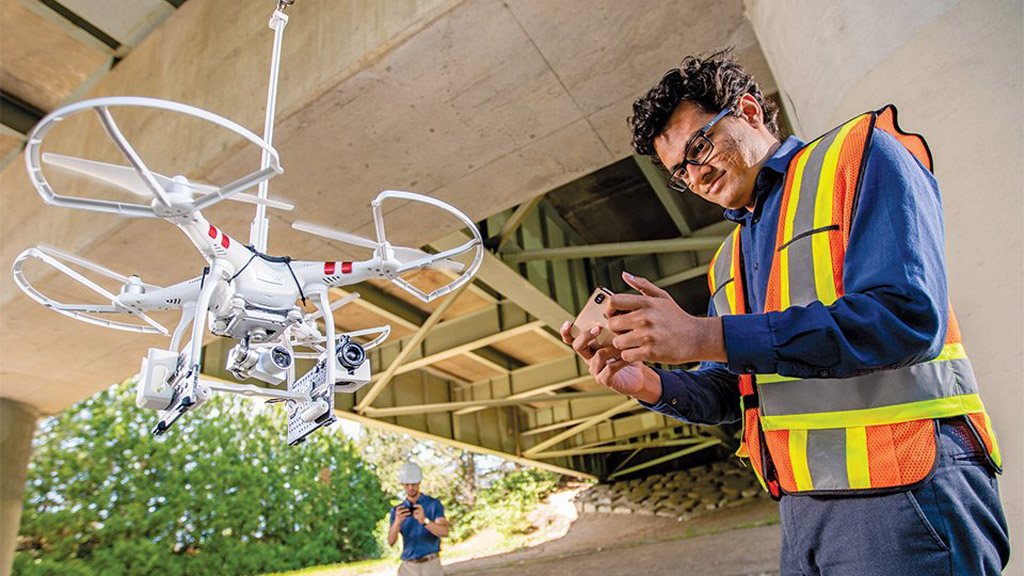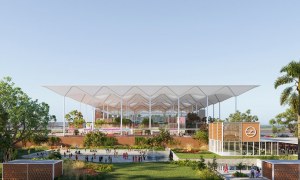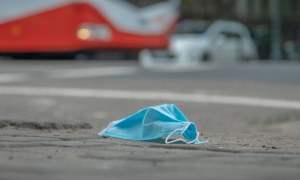🕑 Reading time: 1 minute
Canada-based infrastructure technology company, Niricson, has developed a unique drone-based data collection and damage-assessment system to inspect and detect problems with aging infrastructure.
The system was recently put into use for inspecting dams for BC Hydro and could soon play a pivotal role in the renovation and maintenance of aging tunnels, bridges, and other types of infrastructure across the world.

Initially, the company intends to bring the system to use for all types of concrete structures and then slowly head towards steel and timber structures.
The system employs drones that hover around immense structures and collect the information using an onboard acoustic recorder, infrared camera, and optical camera. The set-up uses acoustical, visual, and infrared heat sensing to assess a structure’s surface and detect voids, cracks, or other issues in the concrete.
The drone flies up to the heights and literally taps the concrete surface and gathers the sound waves from the surface. The sound waves basically penetrate deeper into the structure and provide the characteristic of the material.

The data obtained is then analyzed in real-time with the company’s software. From the information, inspectors can tell the length, width, depth, and overall impact of the defects and, if required, take prompt actions to remedy them.
Harsh Rathod, the CEO of the company, explains, “We collect acoustical and thermal data, and it’s not just the surface level but also sub-surface.” He adds, “The thermal data allows us to go a little bit deeper, so we’re looking at about five millimeters up to 50 millimeters from the surface, and acoustic allows us to go 200 millimeters from the surface. That’s just the start. Our goal is to go hopefully up to 30 inches, so that would be way deeper.”
The application of drones to collect data is much safer in comparison to the conventional labor-intensive methods of manually assessing structures. For instance, workers are often required to hang over bridge decks suspended by ropes to study the surface of concrete. The job is dangerous and poses a threat to life.
With the mission of making infrastructure safer through data-driven predictive analysis, Niricson aims to foresee avoidable disasters way ahead in time. The system can also be applied to monitor damage over time, so civil engineers can take preventive measures for maintenance.
Read More



